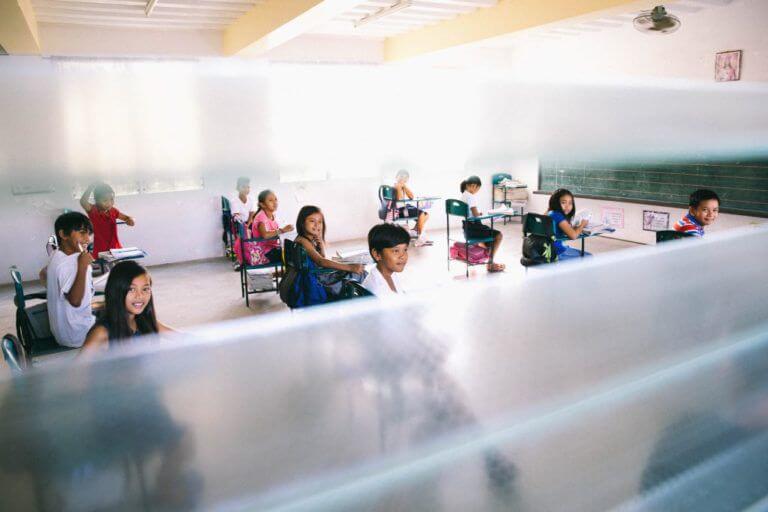For 27-years Malaysia was free from polio, but, in December 2019, the Health Ministry in Malaysia confirmed its first new case. A three-month-old boy experiencing fever and weakness of limbs was admitted to intensive care where he was confirmed to be infected with a circulating vaccine-derived poliovirus type 1 (cVDPV1). The boy had received his first dose of the polio vaccine, but became unwell before the second dose was administered. One month later, two more children in the Sabah area aged eight and 11 have been diagnosed with the illness after suffering from fever, back pain, and walking difficulties.
The sudden emergence is unprecedented and concerning. Polio, or poliomyelitis, is an incurable, potentially deadly and crippling infectious disease that mainly affects children under five years of age. It invades the brain and spinal cord and can result in total paralysis within hours. Fecal samples have been sent to the World Health Organisation’s Polio Regional Reference Laboratory in Melbourne for confirmation tests and genetic sequencing.
Malaysian Health director-general Dr. Noor Hisham Abdullah said the cVDPV originated from a poliovirus that was weakened by the orally-administered polio vaccine. He stressed that the inactive polio vaccine did not cause the vaccine- derived poliovirus.
While those who have been vaccinated against polio are protected, the virus is able to affect others who have not been immunized against it. The concern, of course, is that the longer the virus spreads in the community, it will undergo genetic mutations which could see it once again become an active virus. The circulation of a cVDPV can only end with polio immunization.
This sparked an investigation within the vicinity of the polio-infected child’s residence, which found that 23 out of 199 people aged between two months and 15 years had not received the polio vaccine. Thankfully, the parents of these children agreed to vaccination, and ongoing surveillance efforts for acute flaccid paralysis (AFP) – a clinical syndrome which is characterized by weakness of the muscles of respiration and swallowing – has detected no cases among 705 people tested (according to Straits Times).
To ensure the poliovirus does not spread, vaccination activities are continuing in the area and expanded to other risk areas. Malaysia’s vaccination program is free at all government health care facilities for Malaysians, but a fee is charged for non-Malaysians. However, given some of the unimmunized children in the area are not Malaysians, Health Minister Dzulkefly Ahmad enforced that all patients who come to MOH facilities — be they stateless or undocumented — will be able to receive treatment and vaccination.
While polio vaccines are known to be extremely safe and effective, the challenge is they must be administered multiple times to stop outbreaks and protect children. Three doses of polio vaccination are required during a child’s early stage of life. Dr. Chong Chee Kheong, MOH deputy director-general of health (public health) was reported to have said, “Protection after the first dose is not very good, maybe 30 to 60 percent (successful) but it’s not very good. But after the second dose (is administered), it’s good protection: 60 to 80 and after the third dose, it is close to 100 percent.”
Surveillance is also being conducted on sewage sampling in six water treatment plants in Sabah. To date, no wild or vaccine-derived poliovirus has been found in any sample. Members of the public have also been urged to seek immediate treatment if they have AFP symptoms, or inform the Health Ministry if they know of anyone experiencing such symptoms.
Medical practitioners are perplexed because, despite the infant boy having no history of travel, test results showed that the virus had genetic links to the virus that was detected in the Philippines in September 2019. This outbreak was caused by VDPV1 and it was the first case of polio in the Philippines since 1993.
On January 7 this year, the World Health Organisation (WHO) announced that polio will continue to remain a Public Health Emergency of International Concern.
According to WHO, there were 156 wild polio type1 cases in 2019 compared with 28 in 2018. Pakistan accounted for the greatest number of cases followed by Afghanistan. Equally disturbing and not yet understood, is the number of vaccine-derived polio cases in 2019 which hit 249 individuals across 16 countries, particularly since 30 cases were in countries where vaccine-derived poliovirus is endemic.
You might be interested in:
What’s really needed to improve access to healthcare in rural areas
In Southeast Asia, patients aren’t finishing their TB medications. Why?
